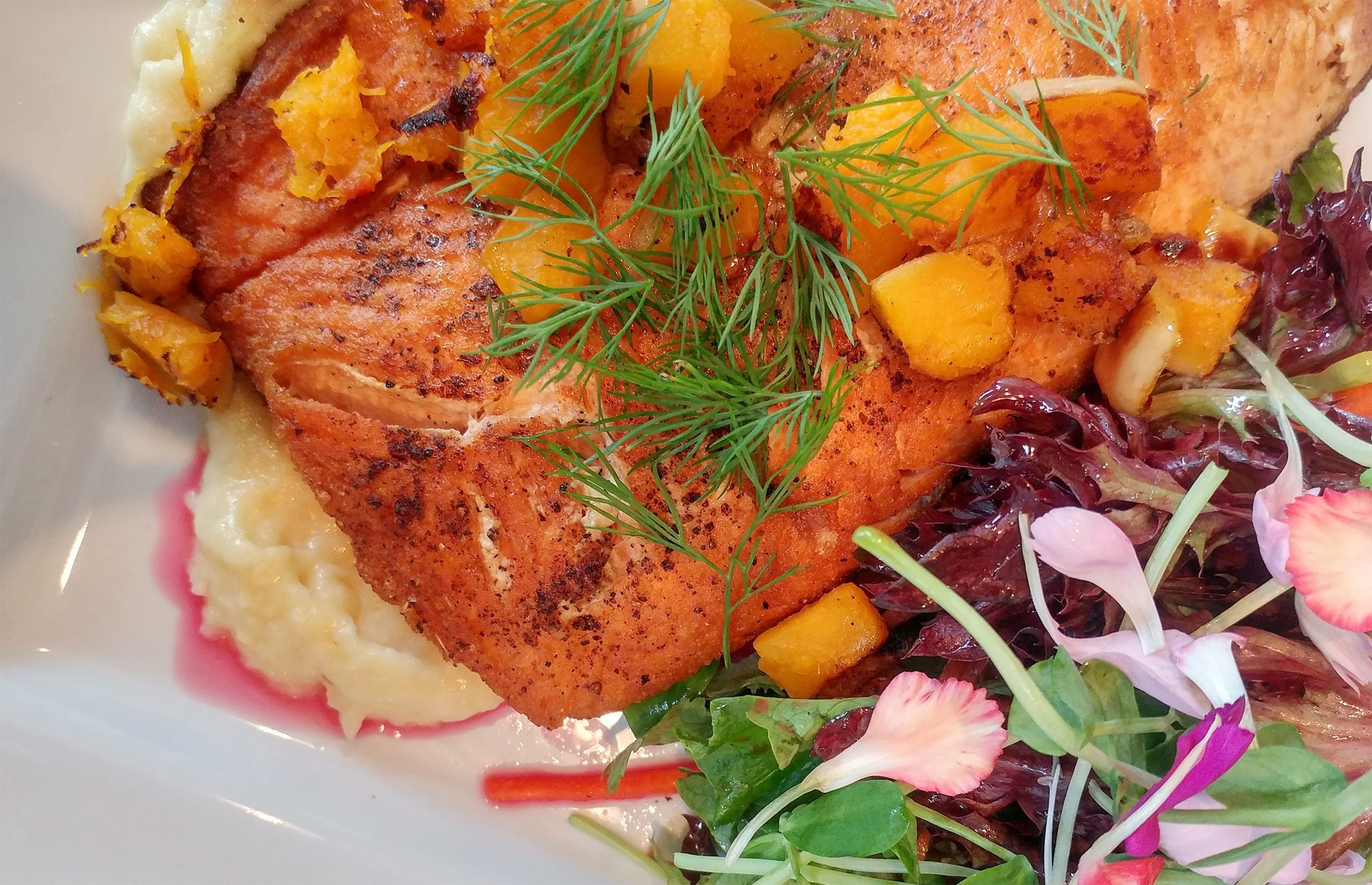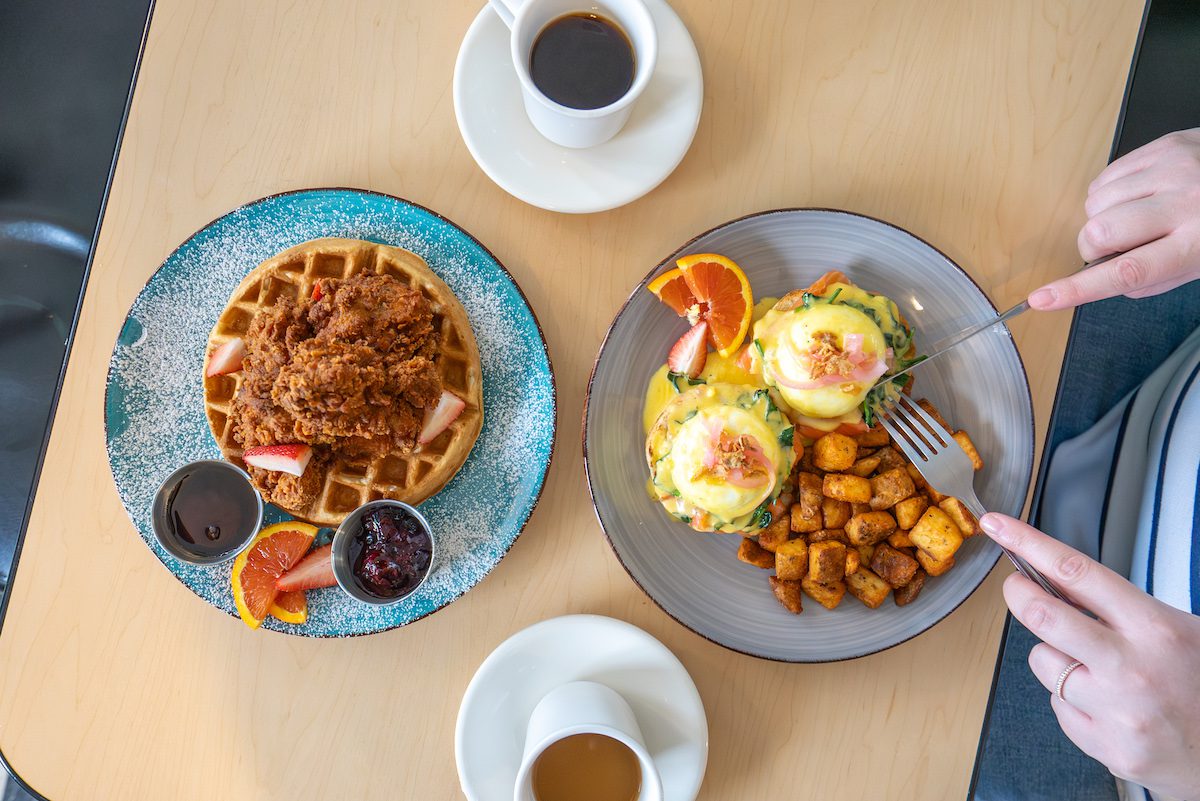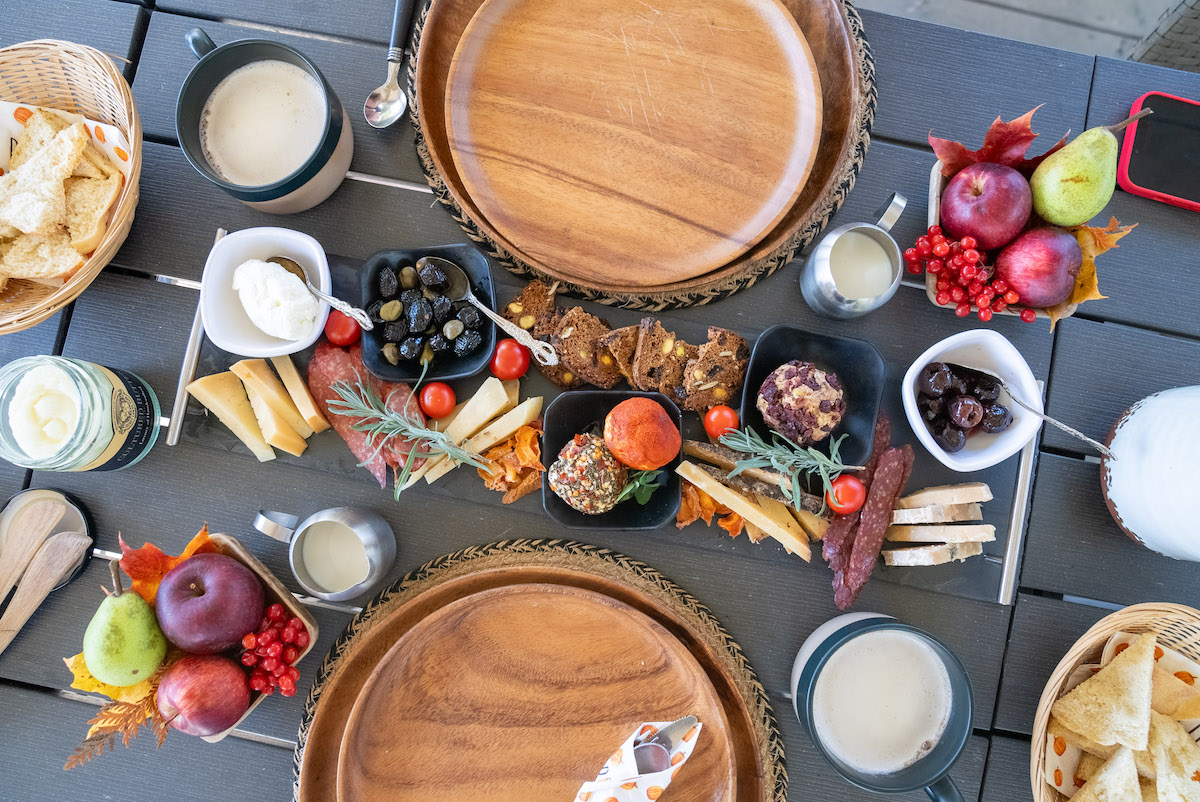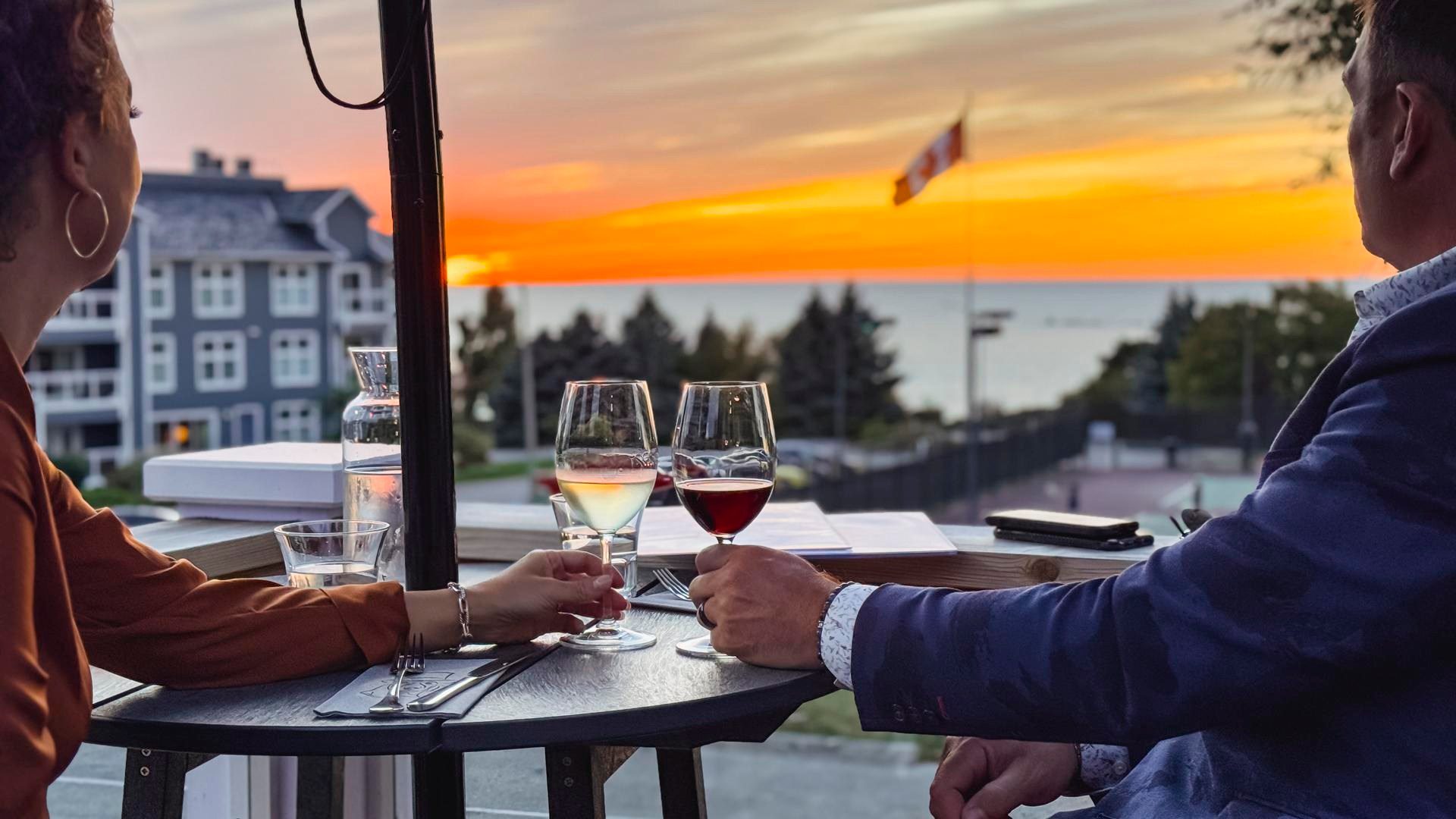From foraging classes to restaurant hidden gems to must-visit markets, Indigenous food experts share their recommendations
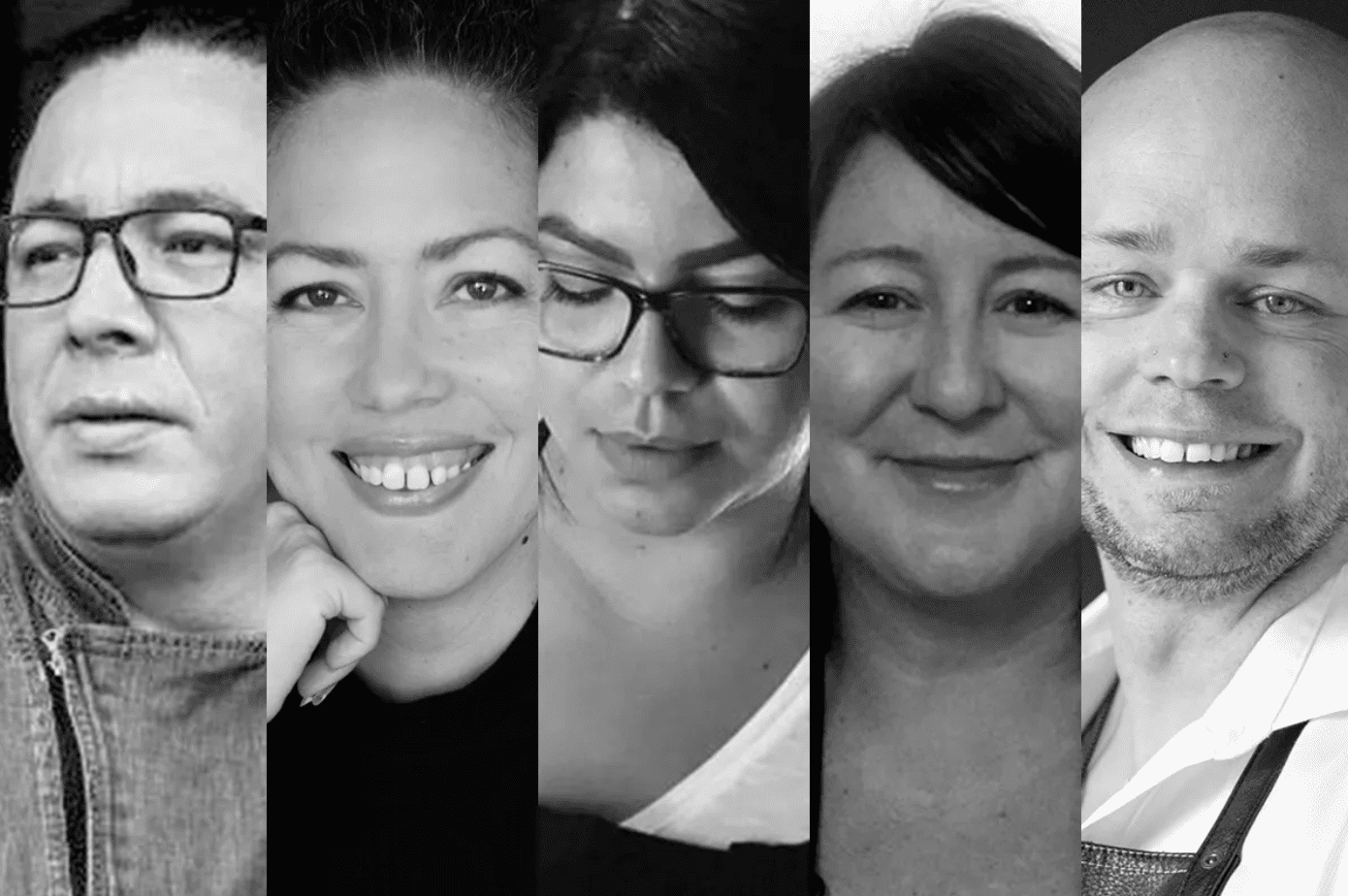
If you weren’t hungry before now, prepare for your tummy to rumble. We’ve polled five Indigenous food experts, including three chefs, to find out their favourite ways to experience Indigenous culture through food. From Pow Wow-style tacos in downtown Toronto to a foraging tour in northern Ontario, their picks make for an utterly delicious itinerary.
It’s also an important one, as Billy Alexander, director of programs at the Culinary Tourism Alliance, reminds us. “I’ve always taken on the powerful responsibility of reconciliation through food,” says Alexander, who has been a chef for 25 years. “If we can have more areas for people to learn more about our culture, it will be more accepted and appreciated. We have a unique opportunity in hospitality to create those learning opportunities in a really friendly environment.”
That’s particularly important now, Alexander says, since more than 50 per cent of Indigenous businesses, many revolving around seasonal, land-based tourism, closed during the pandemic. Their endeavours need support more than ever. “There’s never been a bigger demand for Indigenous food, and there are hundreds of Indigenous chefs around the country, but they’re often cooking other people’s food,” he says. “There’s a need for Indigenous people to showcase their own culture, and this is only going to grow and grow. As a result of that, we’re going to see Indigenous cuisine become an instrumental part of what Canadian food is.”
Luckily, anyone can be part of that groundswell — and eat some incredible food along the way. Here’s how.

Joseph Shawana, educator and chef
“Not to talk about myself, but I will be re-opening my restaurant, Ku-Kum Kitchen, in my home community of Wikwemikong on Manitoulin Island. It will be relaunching as a casual-dining experience using Indigenous ingredients, flavour and storytelling, as well as bringing in other chefs from all different cultures to collaborate with.
I’ve also helped Wikwemikong Tourism with its Indigenous culinary guide program. I’ve trained the guides in the best plants that guests can forage for, which they can then take back to the kitchen we have and cook up a meal from what they’ve foraged. Based on what they find that day, that can be anything from baked white fish that’s wrapped in wild plantain and stuffed with wild garlic to hot stone-seared venison loin with wild mushrooms. You can also spend the whole day fishing with Wass Tours, and what you catch you can cook on the shoreline.
There’s a lot happening in the culinary world on my home island!”
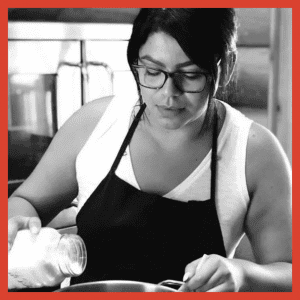
Aicha Smith-Belghaba, chef
“On my reserve [Six Nations of the Grand River], there’s a restaurant called Yawékon which is run by Tawnya Brant. She does the same type of stuff as me, where we’re ‘Indigenizing’ foods you may normally see. Her food is good. Like, her menu for today is Squash Alfredo Vegetarian Lasagna, Bison French Onion Soup, Beef Birria Tacos…
I’m actually going to be opening a restaurant on the reserve next year. We want to do casual fine dining that uses Indigenous ingredients while reconceptualizing what Indigenous foods look like. I’m also half Algerian, so one of the dishes I’ll be doing is a grilled venison chop seasoned with North African spices; so it’s Middle Eastern but it’s also from here as well.”

Trina Mather-Simard, executive and artistic director, Indigenous Experiences
“Some of the things I love most about what we’re doing at Mādahòkì Farm [a newly launched agritourism initiative] are our seasonal festivals, where we use Indigenous-produced foods to create different culinary experiences.
In June, we have our Summer Solstice Indigenous Festival. We have three unique Indigenous meals that are prepared by our chefs, which you can order across Canada. We’re doing a barbecue box with homemade burgers, sausages, game meat and wild rice salad, a curried caribou meal and one more we’re still finalizing. The chefs will be doing more than just a cooking demonstration. They’ll share their food inspiration, what their traditional foods mean to them, and photos and videos of their cultural connections to those foods.
We also welcome guests to the farm, which is open seven days a week. We have a marketplace, where we’re really focusing on our Indigenous food products. Currently, we carry Indigenous-harvested syrup and honey, as well as corn soup and bannock in a bag that you can take home and make. We’ve also just added some really cool corn cobs that you can put in the microwave to make popcorn.”
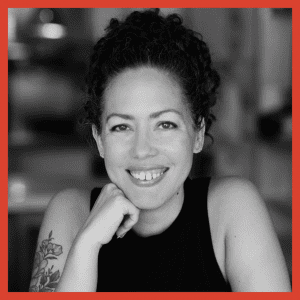
Leni Brem, director of operations at Indigenous Tourism Ontario
“One of my favourite local food experiences is Pow Wow Cafe in [Toronto’s] Kensington Market, which has a great vibe and lots of great stores and food. Chef Shawn Adler uses locally sourced ingredients to make Pow Wow cuisine like Pow Wow-style tacos, [which use Indigenous fry bread as a base for a range of meat and veggie toppings]. I also love the sodas he makes, which include a Sweetgrass and a Cedar flavour. They are delicious, unique and refreshing!”
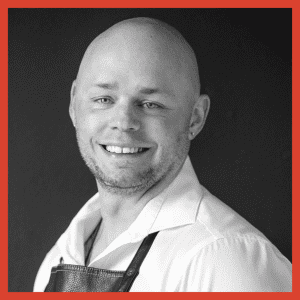
Billy Alexander, director of programs at the Culinary Tourism Alliance
“I always love the Indigenous summer solstice. It’s the epitome of being able to learn about our Indigenous culture — our art, our music, our crafts, our dance, our food, our ceremonies. There’s a misconception that our Indigenous Pow-Wows are just for us, but I would recommend that anybody take in a pow-wow experience if they can. It’s the best way to experience our culture in its entirety. There are so many different powwows, especially with things opening back up for the first time in three years all throughout Ontario. They’re often very well publicized. We love when non-Indigenous people come and experience our culture in its full capacity.”
Looking to explore Indigenous food in Ontario? Check out some of our favourite locations!
This piece was originally published in the April 29th Edition of the Great Taste of Ontario Special Report in the Globe and Mail.
